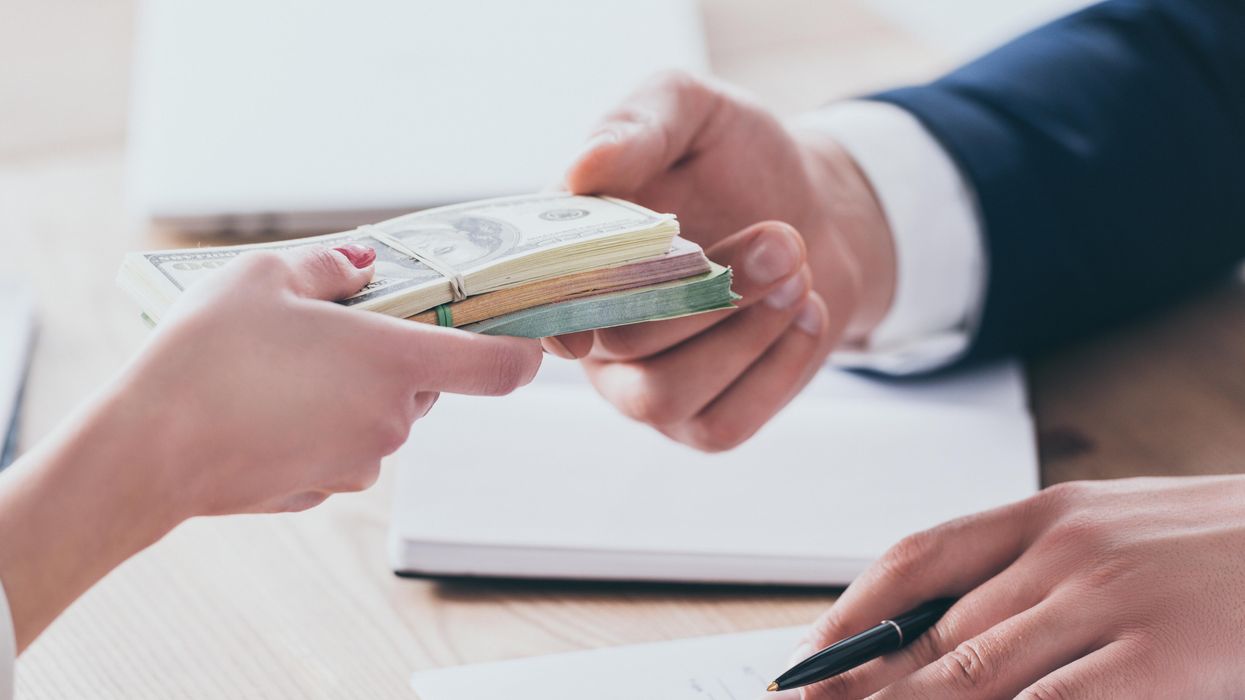In June 2025, while U.S. and Philippine forces conducted joint military drills in the Sulu Sea and Defense Secretary Pete Hegseth reaffirmed America’s commitment to the Indo-Pacific at Singapore’s Shangri-La Dialogue, another story deserving of attention played out less visibly.
A Chinese-financed rail project broke ground in Malaysia with diplomatic fanfare and local celebration. As Prime Minister Anwar Ibrahim noted, the ceremony “marks an important milestone” in bilateral cooperation. The contrast was sharp: Washington sent ships and speeches; Beijing sent people and money.
Although the U.S. has increased its military presence in the region, from reinforcing defense pacts with the Philippines to expanding freedom of navigation patrols, it continues to lag where influence is most enduring: civilian visibility and public imagination. A survey taken during the first six weeks of this year by the ISEAS-Yusof Ishak Institute warned that U.S. tariffs, short-term aid, and inconsistent engagement threaten to undermine trust.
As detailed in the paper “Charm Offensive amid the Tariff War,” the unpredictability of a second Trump administration has allowed China to demonstrate something the U.S. no longer consistently projects — reliability. China’s influence in Southeast Asia has grown because it consistently shows up. Its diplomats speak local languages, its media shapes youth discourse, and its projects, though self-interested, touch people’s daily lives.
Meanwhile, American values are often spoken from afar or filtered through the language of security. America didn’t lose soft power because China out-argued democracy. It lost because it stopped doing the hard work of showing up early, often, and empathetically.
Southeast Asia is not a peripheral theater, but a central pillar of 21st-century geopolitics. Located at the heart of the Indo-Pacific, the region is home to over 650 million people and constitutes the world’s fifth-largest economy, projected to become the fourth by 2030. Strategically, it encompasses critical maritime chokepoints. The South China Sea alone facilitates an estimated $3.5 trillion in annual trade, while 40% of global maritime commerce passes through the narrow channel of the Strait of Malacca.
In both military and economic terms, what happens in Southeast Asia significantly impacts global trajectories.
More than any other region, Southeast Asia embodies the global balancing instinct. Governments there do not want to choose between the United States and China. Instead, they seek diversified engagement: U.S. leadership without constraint, and Chinese investment without control.
The United States has long professed support for “ASEAN centrality,” but its engagement has too often been episodic, reactive, or filtered through a narrow security lens. If Washington intends to remain a long-term presence in the Indo-Pacific, it must begin treating Southeast Asia not as a chessboard but as a chorus of sovereign voices.
While the U.S. positions itself as the torchbearer of universal norms, China promises to never impose. America frequently invokes freedom, democracy, and human rights across speeches and communities. But in much of Southeast Asia, those values are no longer experienced as trustworthy exports. They are seen as patchy in application, moralistic in tone, and increasingly divorced from the everyday experiences of those listening.
In contrast, China does not attempt to export a values system. China’s approach is pragmatic: it delivers infrastructure, educational exchanges, and economic tools, often wrapped in language that stresses sovereignty, partnership, and mutual respect.
While the U.S. lectures and reiterates its commitment to maritime security and freedom of navigation, China listens and builds dormitories, lays undersea cables, and hosts youth forums. Chinese cultural centers are present in nearly every ASEAN capital. TikTok and WeChat are among the most used apps in the region. Even pro-U.S. elites now find themselves surrounded by Chinese-funded networks and Chinese-inspired alternative narratives. Beijing’s blend of non-interference rhetoric and strategic investment is winning regional favor, leaving the U.S. struggling to keep pace.
Of course, China’s soft power model is not without contradictions. Its Belt and Road financing has been criticized for opaque terms and unsustainable debt; its infrastructure projects have sometimes triggered labor abuses, poor community consultation, and environmental degradation, from Laos’s rail corridor to dam-induced displacements in Cambodia. In Indonesia, projects like Mandalika and Rempang have sparked protests over forced evictions and inadequate compensation. China’s non-interference rhetoric often masks accountability gaps.
Its soft power works, but it doesn’t escape scrutiny — it simply operates with a more convenient value proposition that prioritizes state-to-state relationships over societal alignment.
The issue here is not that U.S. values are less worthy — it’s that they are no longer visible, culturally translated, or institutionally embedded in the region. This is not a call for abandoning American principles. Rather, it is a wake-up call that principles unaccompanied by presence quickly become noise.
The good news is that Southeast Asia hasn’t closed the door. The United States doesn’t need to replicate China’s model, but it must re-enter the competition for public imagination before the next generation decides America is no longer part of their future. Soft power isn’t built on slogans, but earned through people, programs, and sustained storytelling.
If the United States hopes to reclaim influence in Southeast Asia, it must stop leaning solely on security alliances and start increasing its efforts to connect on a deeper, more human level. Despite DOGE’s push to reduce State Department staff and departments, there remains bipartisan and strategic momentum in Washington to reassess and potentially reverse course on soft-power investment.
Analysts warn that cuts to U.S. development aid have created a vacuum that rival powers — particularly China — are keen to fill. Even modest increases in funding or targeted initiatives could yield outsized returns by strengthening people-to-people ties, reinforcing democratic norms, and enhancing America’s long-term standing in the region.
To do this, Washington needs to significantly scale up its soft-power efforts. This includes reversing cuts to the Fulbright Program, investing more in the Young Southeast Asian Leaders Initiative, and the Peace Corps, which have long fostered educational and cultural exchange in the region (though the administration's recent crackdown on foreign students coming to study here certainly hasn't helped).
Establishing a Southeast Asia Public Engagement Office — staffed with regional experts and youth communicators — would allow for more targeted outreach. Reviving American cultural centers, expanding book donation programs, and launching tech initiatives in everyday public spaces beyond the embassy will help the U.S. connect more deeply across the region.
While the U.S. has strong security ties in Southeast Asia, military presence alone doesn’t build lasting influence. Real credibility comes from soft power. Deterrence can prevent conflict, but it doesn’t inspire loyalty or a shared sense of purpose. If Washington hopes to remain a credible Pacific power, it must show up and become a trusted neighbor before the crisis comes.
- Is ASEAN the Indo-Pacific's ultimate power broker? ›
- Debate: Slashing studies, research aid will doom US foreign policy ›
- Will a TikTok truce save US-China relations? | Responsible Statecraft ›
















